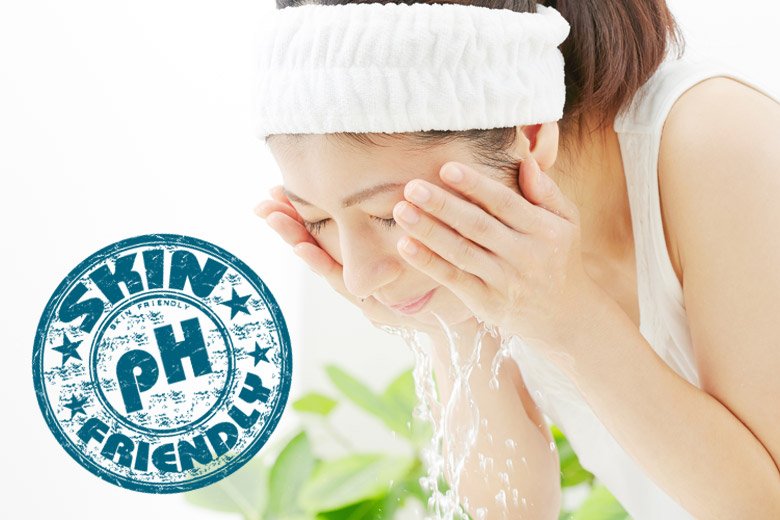
Look at how facial cleansers are marketed these days and you’ll almost always see the words “pH-balanced”. Is this buzzword an advertising tool and marketing ploy by cosmetic brands or do they really mean something when it comes to taking care of your skin? I know I talk a lot about beauty products and their marketing fluff but when it comes to cleansers, pH levels do make a difference.
Many years ago, when Johnson’s pH 5.5 body wash was launched, it made a lot of people take notice of something they’ve not realised before in their skincare products – the pH level. But why 5.5?
Here’s a quick rundown of pH:
- It ranges from 0-14. This number indicates a substance’s level of acidity and alkalinity.
- 0 to 6 = acidic
- 7 = neutral
- 8 to 14 = alkaline
The pH of the outer layer of the skin (stratum corneum) is slightly acidic at 4 to 6 (typically about 5.5). This is in our skin’s healthiest state. Acidic conditions maintain skin-barrier function and the body’s ability to ward off infection. If our skin is too acidic, it’ll be prone to irritation, breakouts and can get very oily. If our skin is too alkaline, it can appear dull, feel very dry and become flaky.
The pH level of most skin cleansers is slightly higher than 5.5. This allows the cleanser to break down dirt and oil on your skin.
The reason soaps – especially bar soaps – are not recommended for the skin is because they are naturally alkaline (typically pH levels of 9 to 12). This is too high to keep our skin moist. Rinsing our skin alone produces a transient increase in skin pH. Cleansing our skin with soap will increase the pH even more dramatically. It’s no wonder our skin feels dry and tight after using soap, even on our hands.
Recommended cleansers would be soap-free ones that are pH-balanced. This isn’t just for the face but for the body as well. Even though the skin on our body is generally thicker and less sensitive than the skin on our face and that it can tolerate higher pH cleansers, it’s still recommended to use a gentler, pH-balanced body wash. To help maintain our skin’s fatty protective layer, it’s recommended that we use cleansers with a pH level that is similar to our skin.
To read more about pH levels in cleansers, please check out these links:
The bottom line is, please avoid soaps with high alkalinity as they dry out your skin. Go for cleansers that are pH-balanced. Most cleansers in the market already are anyway. If you can’t remember the number, just remember Johnson’s body wash. They got it right when they named it pH 5.5 because it’s a number I’ll never forgot.
Do you take note of pH levels in cleansing products?
Note: Many thanks to reader Jane A. for suggesting today’s topic! If there’s something you’d like me to blog about, please email me or let me know in the comments below.


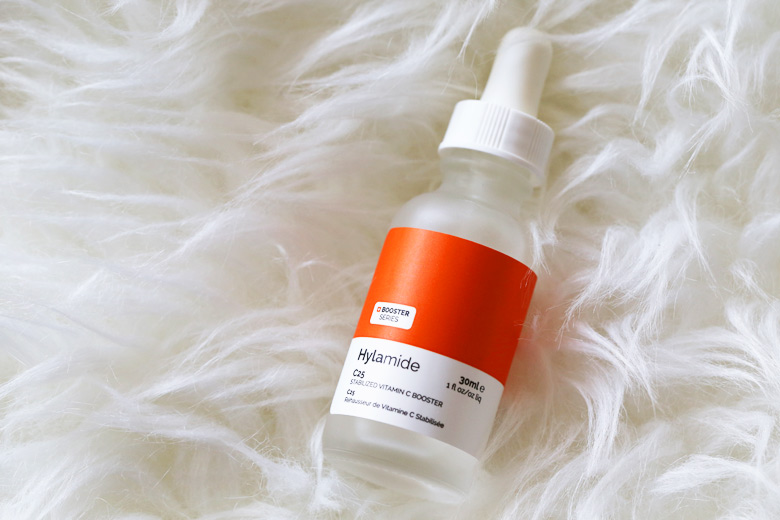
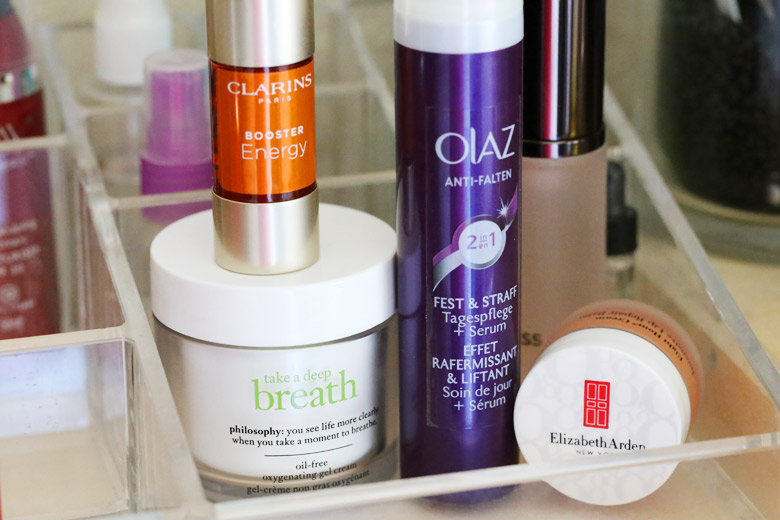
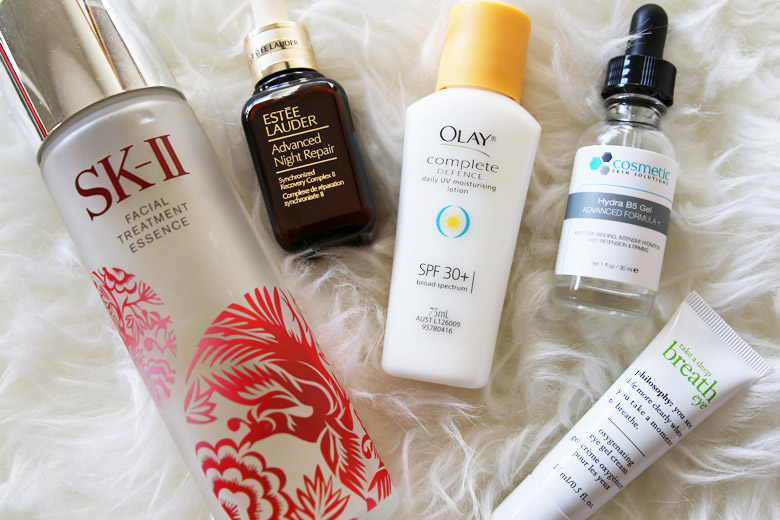






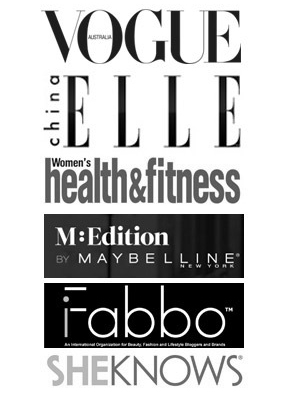

Good to know! But maybe it’s because I’m not that observant, but do all cleansers state their pH levels on their packaging?
Most cleansers don’t. These days, they just say pH-balanced like a marketing ploy even though most cleansers these days are pH-balanced. Best to just stick to soap-free cleansers, hand washes and body washes.
It’s time manufacturers stated the Ph of their cleansers on the packaging! This is creeping in with Korean cleansers, thank goodness. I have my own Ph strips so test my own but it’s a pain to have to do it! When you do though, the results are quite surprising. Not many cleansers come close to the magic 5.5.
I agree. If they can print the words “pH-balanced” on the cleanser to attract customers, they can jolly well print the pH level on the product. It’s been a long time since I’ve played with litmus papers; I have to get some and test out my beauty products!